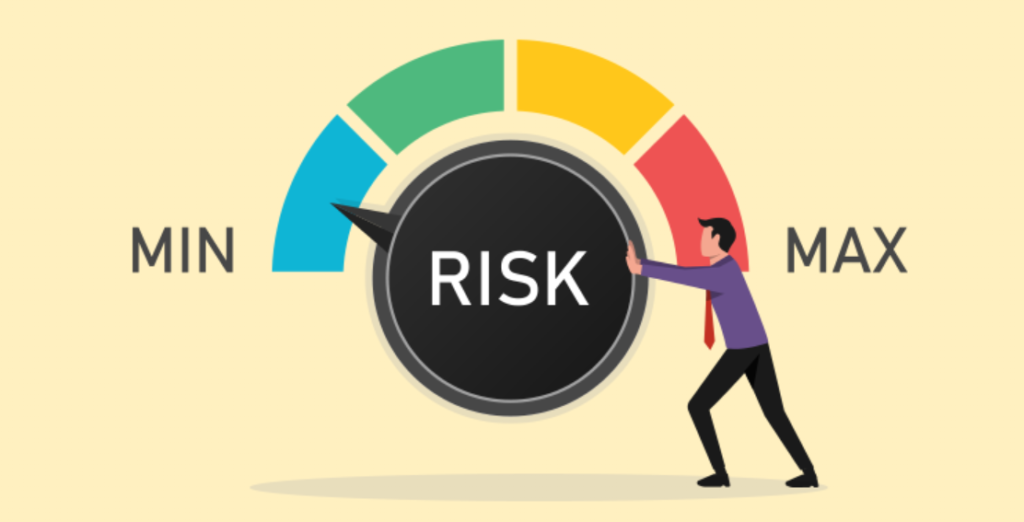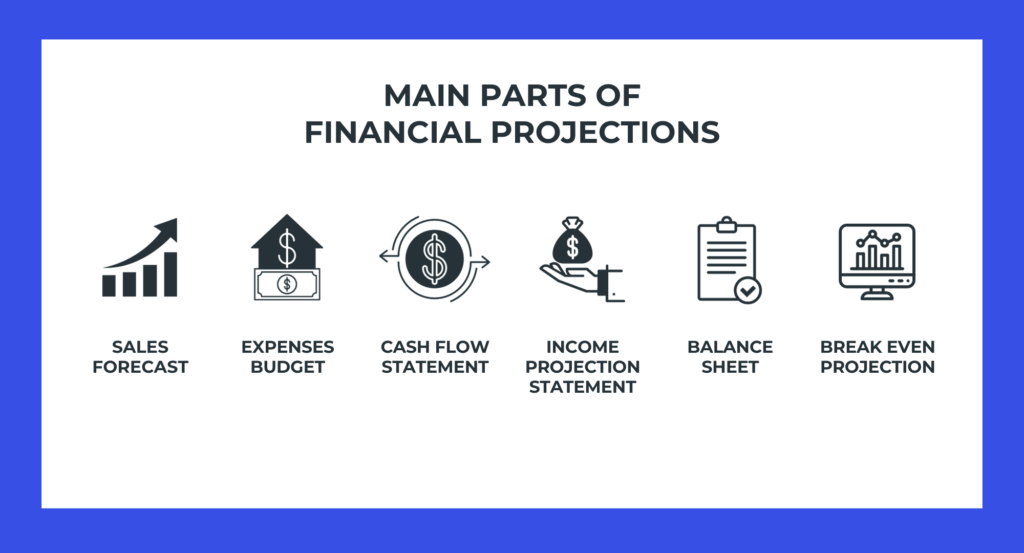Every entrepreneur starts with a spark – a brilliant idea for a product or service. But before you sink your heart and resources into building it, there’s a crucial step: validation. Business idea validation is the process of testing your assumptions about your idea to see if it has a real shot at success in the market.

This guide will equip you with the tools and strategies to validate your business idea, transforming it from a dream into a viable venture.
What Does Validating a Business Idea Mean?
Validating a business idea is all about de-risking your venture by testing the core assumptions that underpin its success. It’s like conducting a scientific experiment – you have a hypothesis (your business idea), and you need to gather evidence to see if it holds true in the real world. Here’s a breakdown of the key areas validation helps you explore.

Market Need
This is the foundation of any successful business. Validation helps you identify a genuine problem your product or service solves. Is there a specific pain point your target market experiences? Is there a gap in the current offerings that your idea can address? By validating market needs, you ensure you’re not building something nobody wants.
Target Market
Your ideal customers are the lifeblood of your business. Validation helps you clearly define your target market. This includes understanding their demographics (age, income, location), psychographics (values, interests, lifestyles), and buying behavior (how they research and purchase products). The more you know about your target audience, the better you can tailor your offering to their specific needs.
Competitive Landscape
No business exists in a vacuum. Validation involves researching your competitors. Who are the existing players in the market? What are their strengths and weaknesses? How will you differentiate your product or service to stand out? Understanding the competitive landscape helps you identify opportunities and develop a strong value proposition.

Financial Viability
A great idea needs a solid financial foundation to thrive. Validation involves assessing the financial feasibility of your business model. This includes estimating your startup costs (product development, marketing), potential revenue streams (subscriptions, sales), and pricing strategy. By analyzing these factors, you can identify potential roadblocks and ensure your business has a clear path to profitability.
Step-by-Step Guide to Validating Your Business Idea

Turning your business idea from a lightbulb moment into a thriving venture requires a systematic approach to validation. Here’s a detailed roadmap to guide you through the process
1. Define Your Business Hypothesis and Validation Goals
- Start with the “Why?”: Clearly articulate the core problem your business idea solves and the value proposition it offers. What makes your solution unique and compelling?
- Formulate Your Hypothesis: Think of your business idea as a hypothesis to be tested. For example, “Busy professionals are willing to pay a premium for a laundry service that picks up and delivers clothes at their convenience.”
- Set SMART Goals: Establish Specific, Measurable, Achievable, Relevant, and Time-bound goals for your validation efforts. Are you aiming to validate market need, gauge customer interest in a specific feature, or test different pricing models? Having clear goals keeps you focused and helps you measure the success of your validation efforts.
2. Conduct Market Research\

- Dive Deep: Become an expert on your target market and the competitive landscape. Utilize a combination of primary research (firsthand data collection) and secondary research (existing data sources).
- Primary Research Techniques: Conduct surveys and interviews with potential customers to understand their needs, pain points, and buying habits. Observe their behavior and gather insights through online forums or social media groups relevant to your industry.
- Secondary Research Resources: Leverage industry reports, market research data, and competitor analysis tools to gain insights into market trends, competitor offerings, and pricing strategies. Utilize free resources like Google Trends to understand search volume for keywords related to your product or service.
3. Build a Minimum Viable Product (MVP)
- Focus on Core Functionality: An MVP is not about building a final product; it’s about testing core functionalities with real users. Develop a basic, functional version of your product or service that allows you to gather meaningful feedback. This could be a landing page with a clear value proposition and a call to action, a clickable prototype, or even a paper mock-up for a physical product.
- Prioritize Learnings over Features: Don’t get bogged down building unnecessary bells and whistles. Focus on the core functionalities that deliver value to your target audience. The goal is to learn and iterate, not achieve feature perfection.
- Utilize Low-Cost Tools: There are numerous low-cost tools and platforms available to help you build your MVP. Landing page builders, prototyping tools, and design software can help you create a functional representation of your idea without breaking the bank.
4. Gather User Feedback
- Get it in Front of Users: The true test of your idea lies in how users interact with it. Share your MVP with your target audience through various channels – social media groups, online communities, industry events.
- Active Listening is Key: Don’t just present your MVP; actively solicit feedback. Conduct user interviews, A/B test different elements of your landing page, and analyze user behavior through website tracking tools.
- Focus on “Why” Behind the Feedback: Pay close attention to what resonates with users and what doesn’t. Don’t just listen to what they say they want; dig deeper to understand the underlying reasons behind their feedback. This will provide valuable insights to refine your value proposition and user experience.
5. Develop Basic Financial Projections
- Estimate Startup Costs: While a full-fledged business plan isn’t required at this stage, develop a basic understanding of the financial resources you’ll need to get your business off the ground. This includes costs associated with product development, marketing, legal fees, and any necessary equipment or software.
- Identify Revenue Streams: Outline the potential ways your business will generate revenue. Will it be through product sales, subscriptions, advertising, or a combination of these? Having a clear understanding of your revenue model is crucial for long-term success.
- Pricing Strategy Considerations: Develop a preliminary pricing strategy for your product or service. Consider the value you deliver, competitor pricing, and customer willingness to pay. Remember, your pricing strategy should be flexible and adaptable based on market feedback and future iterations.
By following these steps and continuously iterating based on the insights you gather, you’ll be well on your way to validating your business idea and increasing your chances of building a successful venture.
FAQs on Business Idea Validation

Validating your business idea is an essential step for any aspiring entrepreneur. Here are some commonly asked questions to help you navigate this process
1. How Can I Conduct Effective Market Research for My Business Idea?
Effective market research involves gathering a well-rounded picture of your target market, competitors, and industry trends. Here’s a two-pronged approach
- Primary Research: This involves collecting data directly from your target audience. Here are some methods:
- Surveys: Online surveys with open-ended and multiple-choice questions can gather valuable insights about demographics, needs, and preferences.
- Interviews: Conduct in-depth interviews with potential customers to understand their pain points, buying habits, and decision-making processes.
- Focus Groups: Facilitate group discussions to gain qualitative data on user perception, product reception, and potential areas for improvement.
- Secondary Research: Leverage existing data sources to gain broader industry context. Here are some resources:
- Industry Reports: Purchase reports from market research firms that provide in-depth analysis of your target market, competitor landscape, and future trends.
- Government Data: Government websites often offer valuable demographic and economic data that can inform your market research.
- Competitor Analysis Tools: Utilize online tools that provide insights into competitor websites, marketing strategies, and customer reviews.
2. What is a Minimum Viable Product (MVP) and Why is it Important?
An MVP (Minimum Viable Product) is a basic, functional version of your product or service that allows you to gather real-world user feedback at an early stage. Here’s why it’s important:
Reduced Risk

Developing a full-fledged product can be time-consuming and expensive. An MVP allows you to test core functionalities with minimal investment, reducing the risk of building something nobody wants.
Early User Feedback
The beauty of an MVP is that it gets your idea in front of real users early on. This allows you to gather valuable feedback on usability, value proposition, and potential areas for improvement.
Iterative Development
By its nature, an MVP is a starting point, not a finished product. The feedback you gather allows you to iterate and refine your offering based on user needs, ensuring you build a product that resonates with your target market.
3. How Can I Gather Useful Feedback for My Business Idea?
Gathering useful feedback is about creating an environment where users feel comfortable sharing their honest opinions. Here are some tips:
Open-Ended Questions
Instead of leading questions that elicit a specific answer, use open-ended questions that encourage users to elaborate on their thoughts and experiences.
Active Listening
Don’t just hear the feedback; actively listen and try to understand the underlying reasons behind users’ responses.
Multiple Channels
Gather feedback through various channels – user interviews, surveys, A/B testing on your MVP landing page, and social media polls. This triangulates your data and provides a more holistic perspective.
4. What Financial Projections Are Necessary When Validating a Business Idea?

While a detailed financial plan comes later, basic financial projections are crucial during validation. Here’s what you need to consider:
Startup Costs
Estimate the costs associated with launching your business. This includes product development, marketing expenses, legal fees, and any necessary equipment or software.
Revenue Streams
Identify the potential ways your business will generate income. Will it be through product sales, subscriptions, freemium models with in-app purchases, or advertising?
Pricing Strategy
Develop a preliminary pricing strategy for your product or service. Consider the value you deliver, competitor pricing, and customer willingness to pay. Remember, your pricing strategy should be adaptable based on future validation and market feedback.
By addressing these FAQs, you’ll be well-equipped to conduct effective market research, leverage the power of MVPs, gather actionable user feedback, and develop basic financial projections – all essential steps in validating your business idea and setting yourself up for success.
Conclusion
Validating your business idea isn’t about having all the answers; it’s about asking the right questions and gathering data to inform your decisions. It’s about shedding the cloak of uncertainty and replacing it with the confidence that comes from a data-driven approach.
By following the steps outlined in this guide and continuously iterating based on the insights you gather, you’ll be well on your way to transforming your initial spark of an idea into a thriving venture. Remember, validation is not a one-time event; it’s an ongoing process that fuels continuous improvement and adaptation. Embrace the feedback you receive, be willing to pivot when necessary, and never stop learning from your target market.
As Steve Blank, a renowned entrepreneur and evangelist for customer development, famously said: “There are no facts in the building stage of a startup. There are only opinions.” Validation helps you replace those opinions with data-driven insights, increasing your chances of building a business that solves real problems for real people. So, don’t be afraid to get out there, test your ideas, and turn your dreams into a reality.



